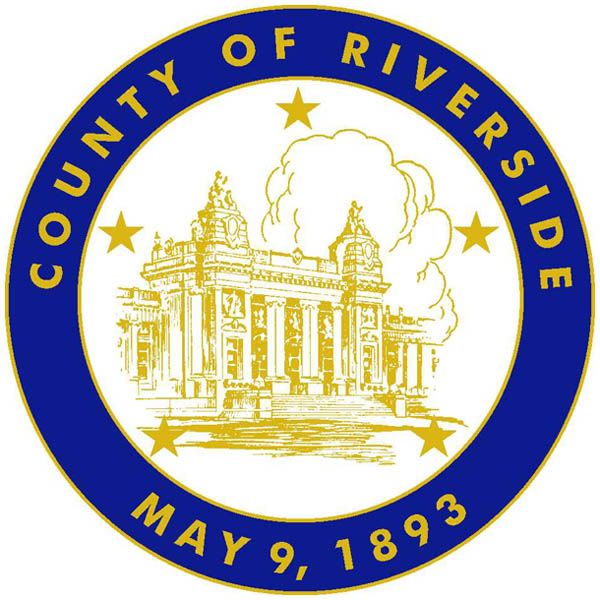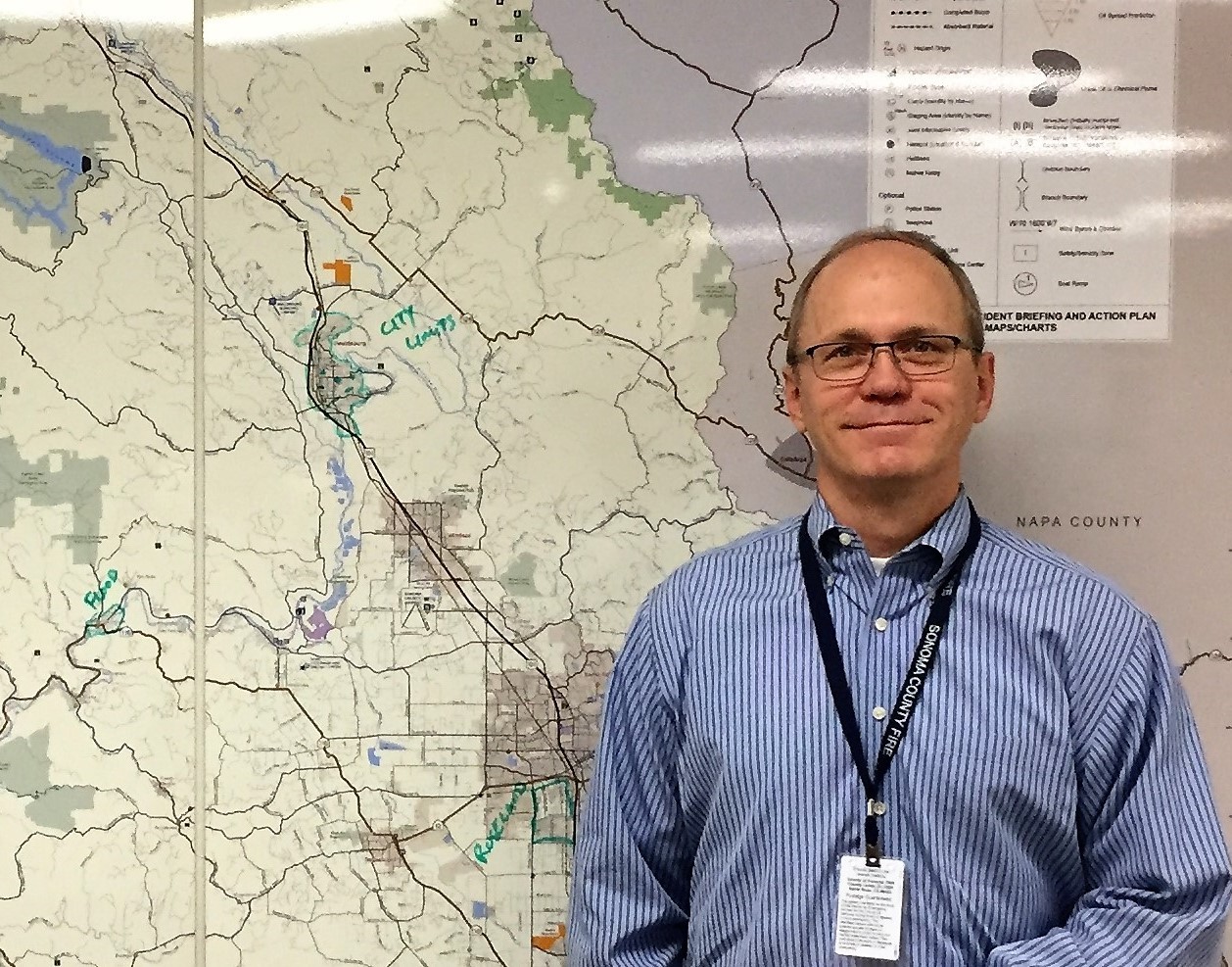
California Teachers Association building, Sacramento, CA. (Photo: Katy Grimes for California Globe)
Sonoma County Teachers Strike is Over, but Issues Not Resolved
How much liability does the school district carry for earned pension and retirement health care obligations?
By Edward Ring, March 24, 2022 2:28 am
On March 7, members of the union representing teachers in the Cotati-Rohnert Park Unified School District voted to strike. It began on March 10 and by March 17 it was over. What happened?
At first, prospects for a resolution to the strike were not encouraging. On March 9, the school board claimed the district could not possibly afford to issue the raises demanded by the union, particularly if those raises were extended beyond the credentialed teachers to all of the district’s employees in all the bargaining units. Then on March 17 they announced the strike was resolved. The compromise was to grant the cost of living increases in six month increments over the next three years, instead of granting the entire increase at the beginning of each year. This compromise saved enough money for the district to come to an agreement with the union.
But compromise or not, determining whether or not Cotati-Rohnert Park Unified School District could afford the concessions they made is not easy. Deciphering the financial statements of a public agency is nearly a fool’s errand, because they are not required to engage in accrual based double entry bookkeeping. The elegant symmetry of general ledger accounting as practiced in the private sector still allows for creative accounting, but because the balance sheet and the income statement are connected algebraically, any thorough audit of the balance sheet will turn up irregularities.
By contrast, take a look at this unaudited financial statement for Cotati-Rohnert Park Unified School District’s fiscal year ended June 30, 2021. The term “balance sheet,” which doesn’t turn up until page 83 of the report, does not include accrued liabilities. How much liability does the school district carry for earned pension and retirement health care obligations, and why isn’t this amount showing as a liability? What the district represents as an income statement and balance sheet is more of a cash flow statement, a useful tool, but not helpful if one wants to assess the district’s long-term financial health.
According to negotiators representing the district, granting the raises demanded by the union would drive their cash reserves below the required minimum within two years. But apparently the district did not ultimately determine their projection to be alarming enough to continue the fight. And maybe it isn’t. Going in the hole by $2.4 million, two years from now, when the Federal government is going to pump at least $6 million into the district this year as part of pandemic relief efforts through the $1.9 trillion American Rescue Plan funds, which the district can continue to tap into for the next few years, is probably an acceptable risk.
The more systemic risk, however, lies in how the district copes with a downturn in investment returns that affects CalSTRS, the California State Teachers Retirement System. In the district’s 2021-22 interim budget, they project total salaries of $37 million and total benefits of $22 million. Most of this benefit overhead, equal to 60 percent of salaries, is the employer contribution to CalSTRS, the sick man of California. According to a November 2021 report from the California Office of Legislative Analyst, CalSTRS is only 67 percent funded. Put another way, they are in the hole to the tune of $106 billion.
To appreciate how potentially serious this shortfall can become, consider the fact that there are only around 307,000 K-12 teachers currently employed in California. This is the denominator over which participating school districts have to spread a $106 billion unfunded pension liability. That equates to $344,000 per employee. What if investment returns don’t exceed projections sufficiently to close that prodigious gap? How much more will employers have to pay CalSTRS in the coming years?
This is the elephant in the room that any financially literate school board member will find justifiably intimidating. California’s state and local governments, if you make only somewhat conservative assumptions regarding pension fund performance and take into account the cost that will confront politicians if they ever decide to finally build the required infrastructure that they’ve all but ignored for the past thirty years, is easily in excess of two trillion dollars. Go find that money, if there’s an economic downturn.
This is ultimately what school boards, school district management, and the unions they bargain with, need to focus on. Cost-of-living adjustments have to be increased when the rate of inflation increases. That’s a tail that has to be chased. But in the meantime, some of the underlying causes of higher prices must be corrected. The cost of housing and food are impacted by the quality of the enabling infrastructure. Where are these unions when politicians come forward with proposals to tap the general fund to pay for more water, power, and transportation infrastructure? Where are they when instead of building roads and upgrading aqueducts, the politicians foolishly fund high speed rail? Building a bullet train is a noble aspiration but should not be prioritized over the urgent need for new state subsidized water, power and transportation projects that would lower the cost of housing and food.
The unions that secured cost-of-living adjustments for the Rohnert Park teachers did their job. But for the financial security of not only their members, but all working families in California, they may wish to consider supporting practical infrastructure spending that will lower the cost of living for everyone.
- Ringside: Will the Delta Pumps Operate at Capacity this Winter? - December 18, 2025
- Ringside: Will Advocates for More Water Supply Projects Find Unity? - December 11, 2025
- Ringside: EVs and California’s Future Demand for Electricity - December 4, 2025





Excellent article!